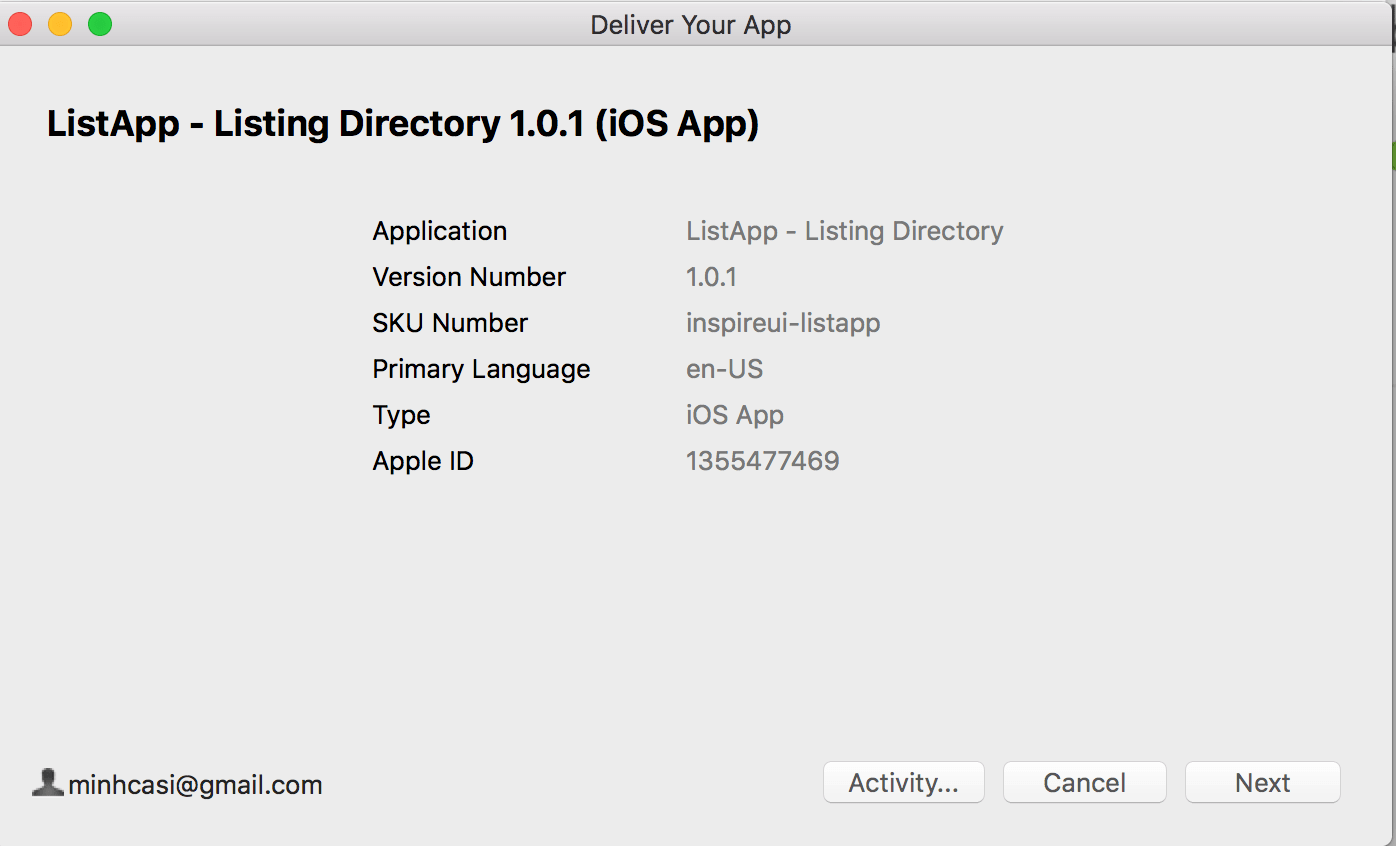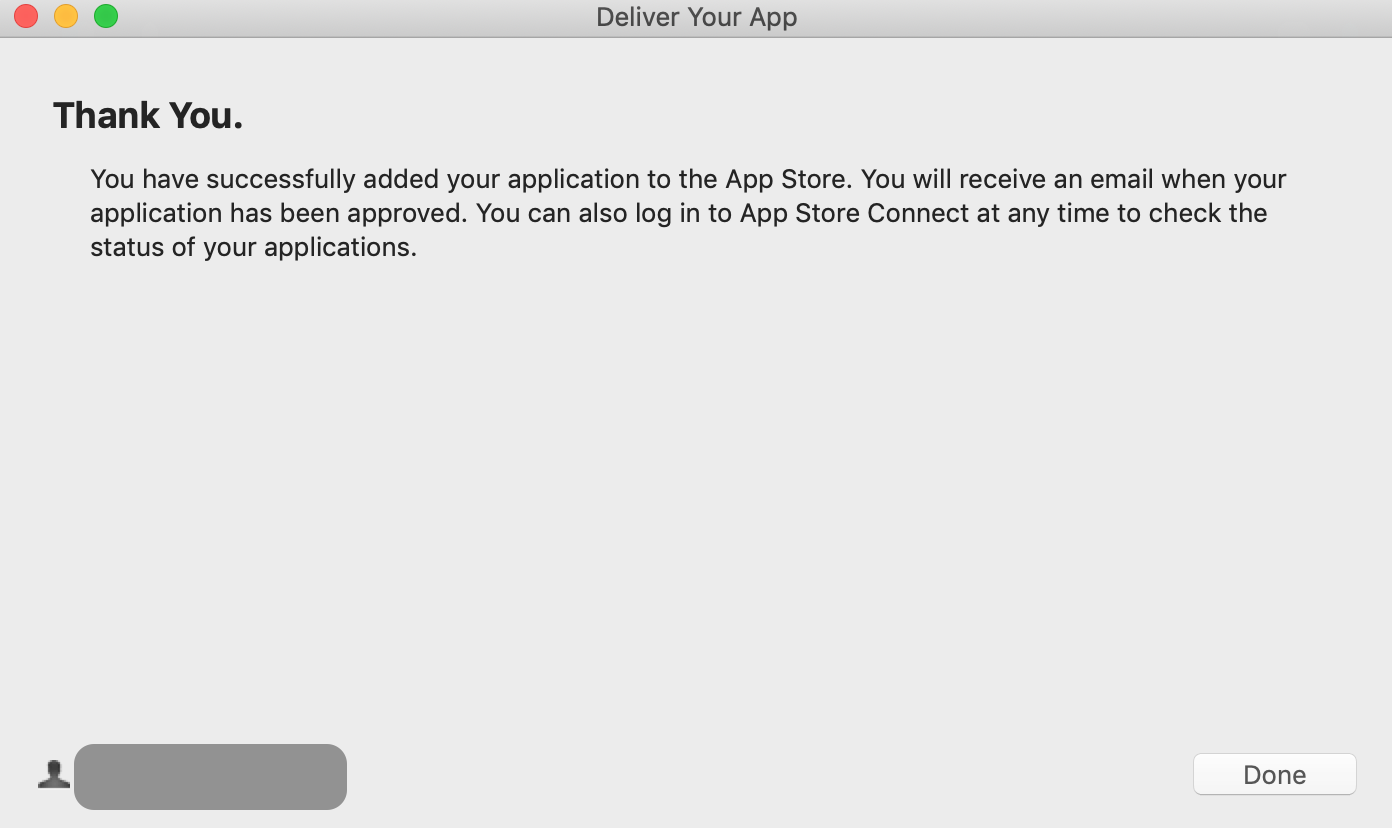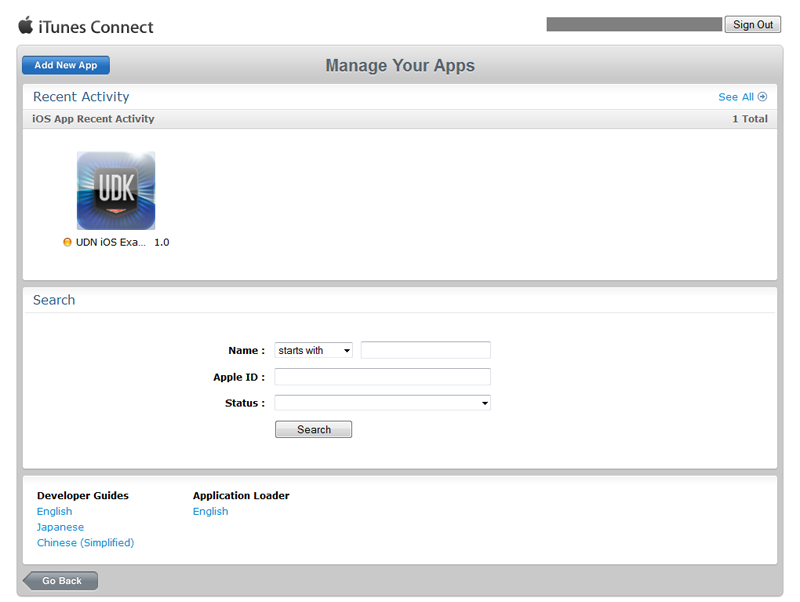

- #Where is apple application loader update
- #Where is apple application loader software
- #Where is apple application loader windows

Bootloaders must be able to communicate with the outside world in order to get updates, so most bootloaders are able to communicate with some form of interface, be it I 2C, SPI, USART, USB, or some other protocol.

#Where is apple application loader update
Besides getting a system on its feet, bootloaders are also used to update MCU firmware later on. A bootloader performs various hardware checks, initializes the processor and peripherals, and does other tasks like partitioning or configuring registers. An onboard bootloader resides in memory in an MCU in an area of ROM or flash memory that is protected from getting written over. The bootloader is stored in an area of protected memory (although this area of memory is not always fool-proof and can be overwritten by a stack overflow, for example). Commands can be set up to perform a number of modifications to the MCU environment if desired, or the bootloader might have few choices available and perform a self-contained start up for a set appliance or end-product. A bootloader can be sophisticated with lots of commands or simple with few commands it can be fairly automatic and self-contained or be programmed to wait for a choice to be made, put in as a command, from a human. A bootloader is necessary for starting processors at the lowest level before starting an operating system (e.g., a computer) or presenting a command line (e.g., an MCU). A bootloader (sometimes called a boot manager) is unique to the architecture of the embedded processor it runs on and includes some application specific aspects. For some embedded processors, bootloaders are part of a Board Support Package (BSP), which is used to start up and run the first silicon chips of an embedded MCU, processor, or System on a Chip (SoC).
#Where is apple application loader software
The bootloader is the first code to run after power up or reset, and runs before any other software starts on a processor, including an operating system (OS), if an OS exists. Embedded bootloader code is usually only seen during development with a host computer, since a target (embedded) processor rarely has a dedicated display that people can see. Example of boot code that flows past the screen when a processor is first booted up. Bootloaders for embedded systems are also more often restricted to a smaller size versus computers. Embedded bootloaders work much the same way, but since embedded processors cover a much larger range of applications (from dishwashers to automotive infotainment centers and more), what embedded bootloaders do varies based upon the architecture and the application. What you are seeing is a bootloader in action, loading essential software to get the minimum running on the processor chip before higher-level software can run.
#Where is apple application loader windows
Anyone who has turned on a computer might be familiar with the boot-up sequence as computer flashes lines of text on screen before the Windows logo appears.


 0 kommentar(er)
0 kommentar(er)
